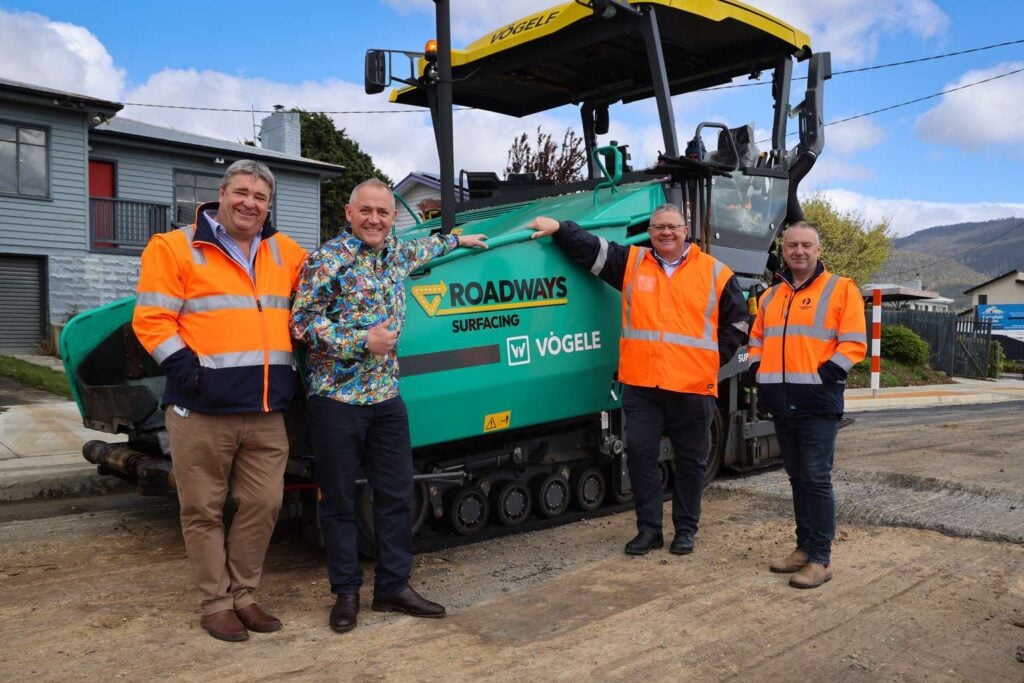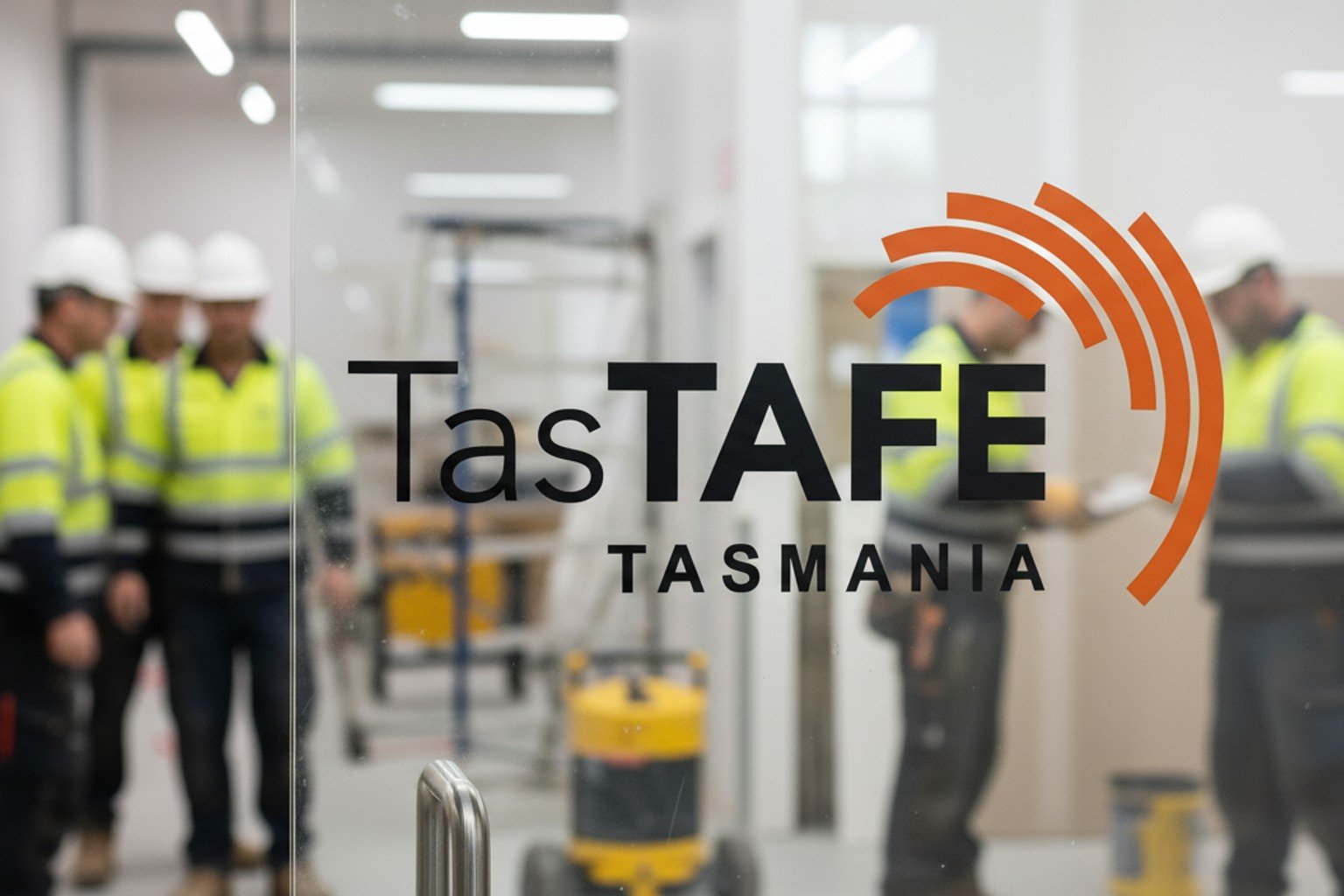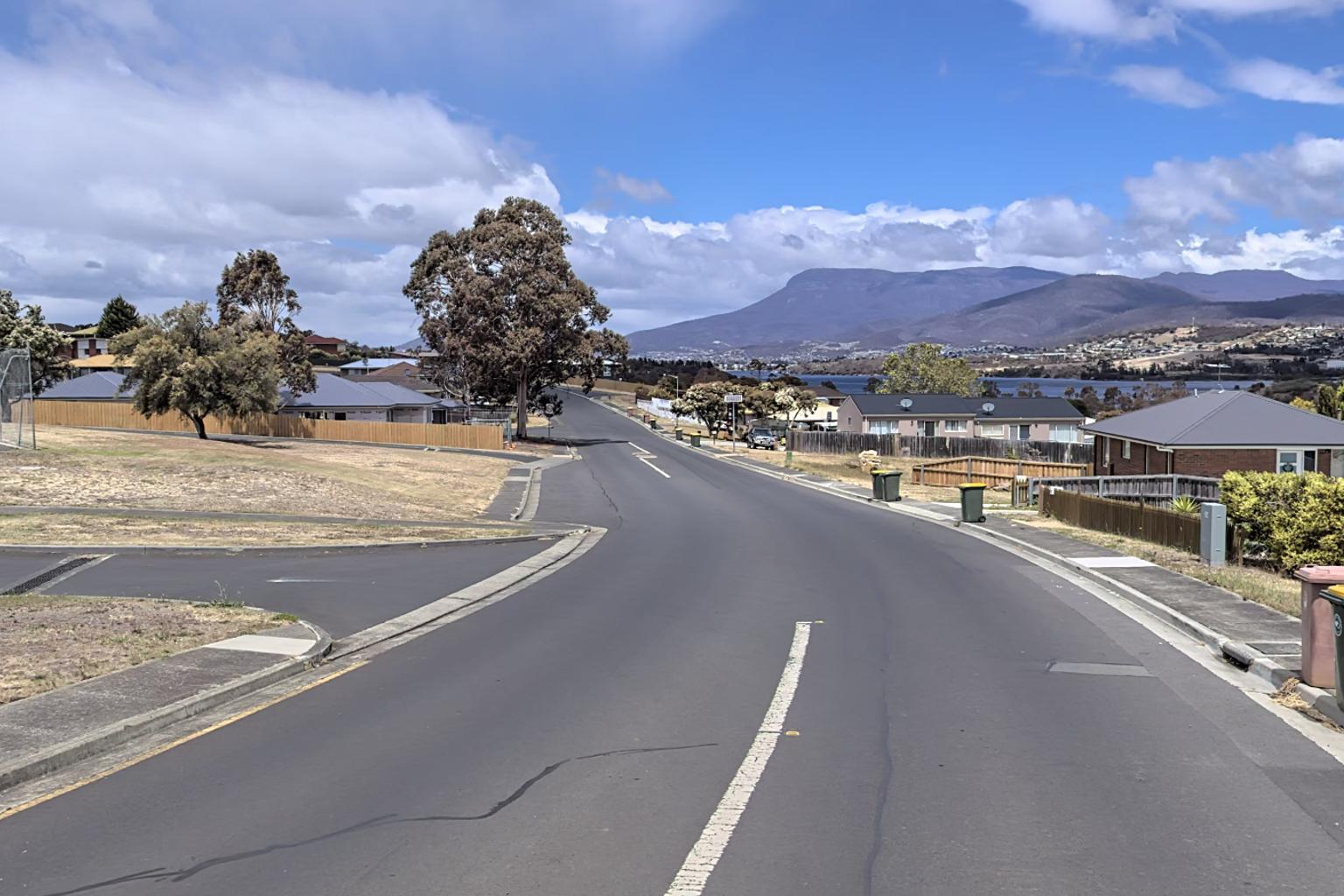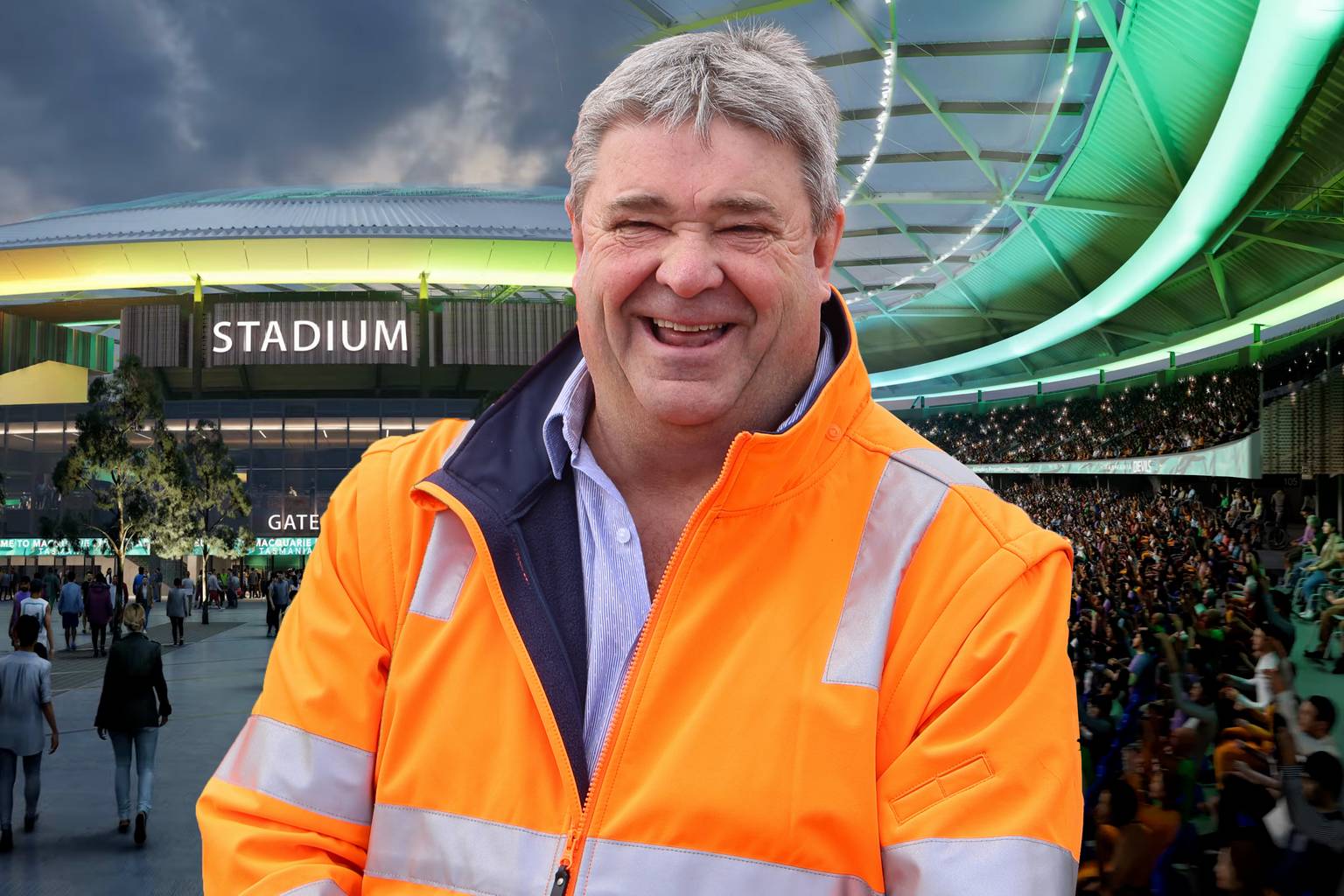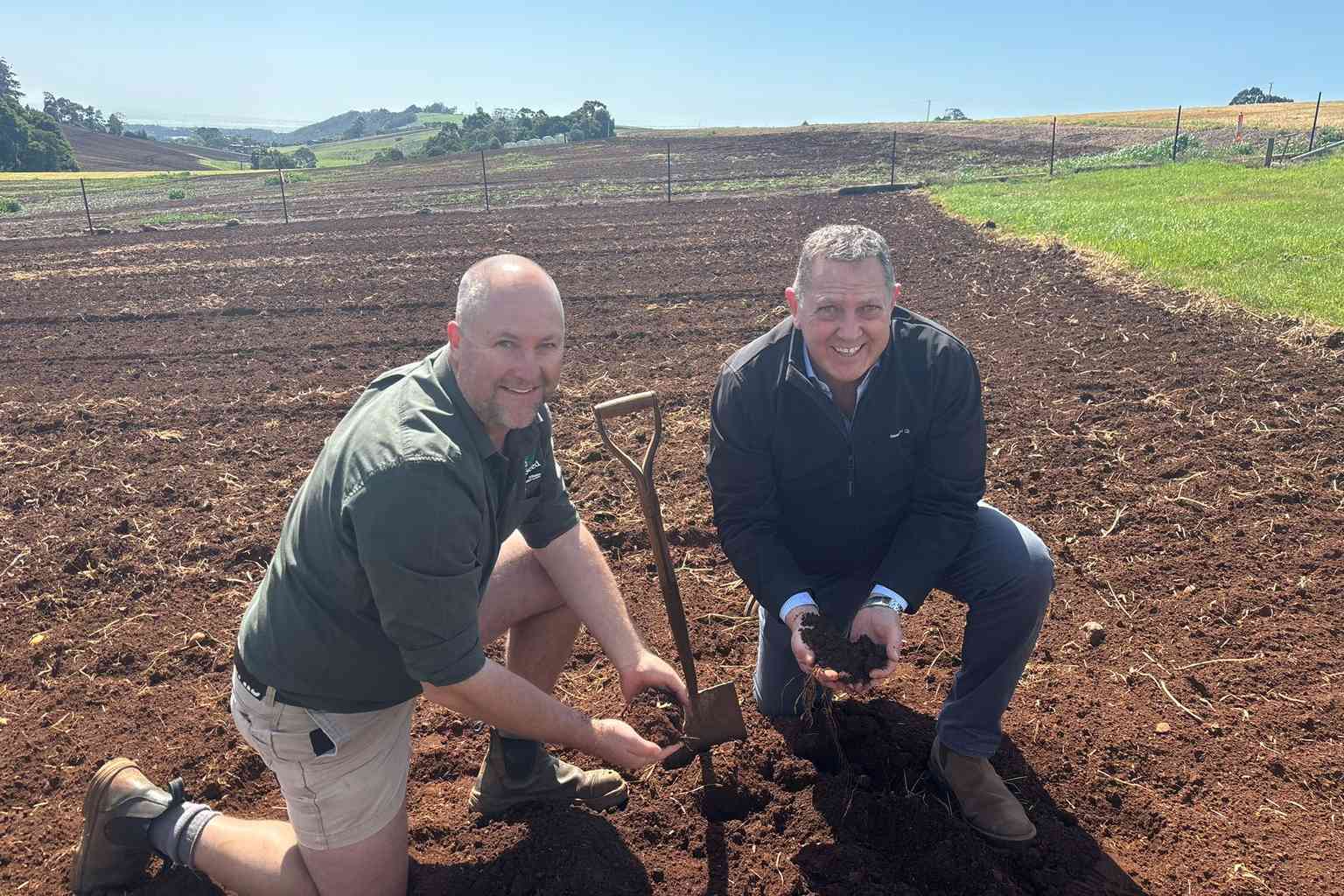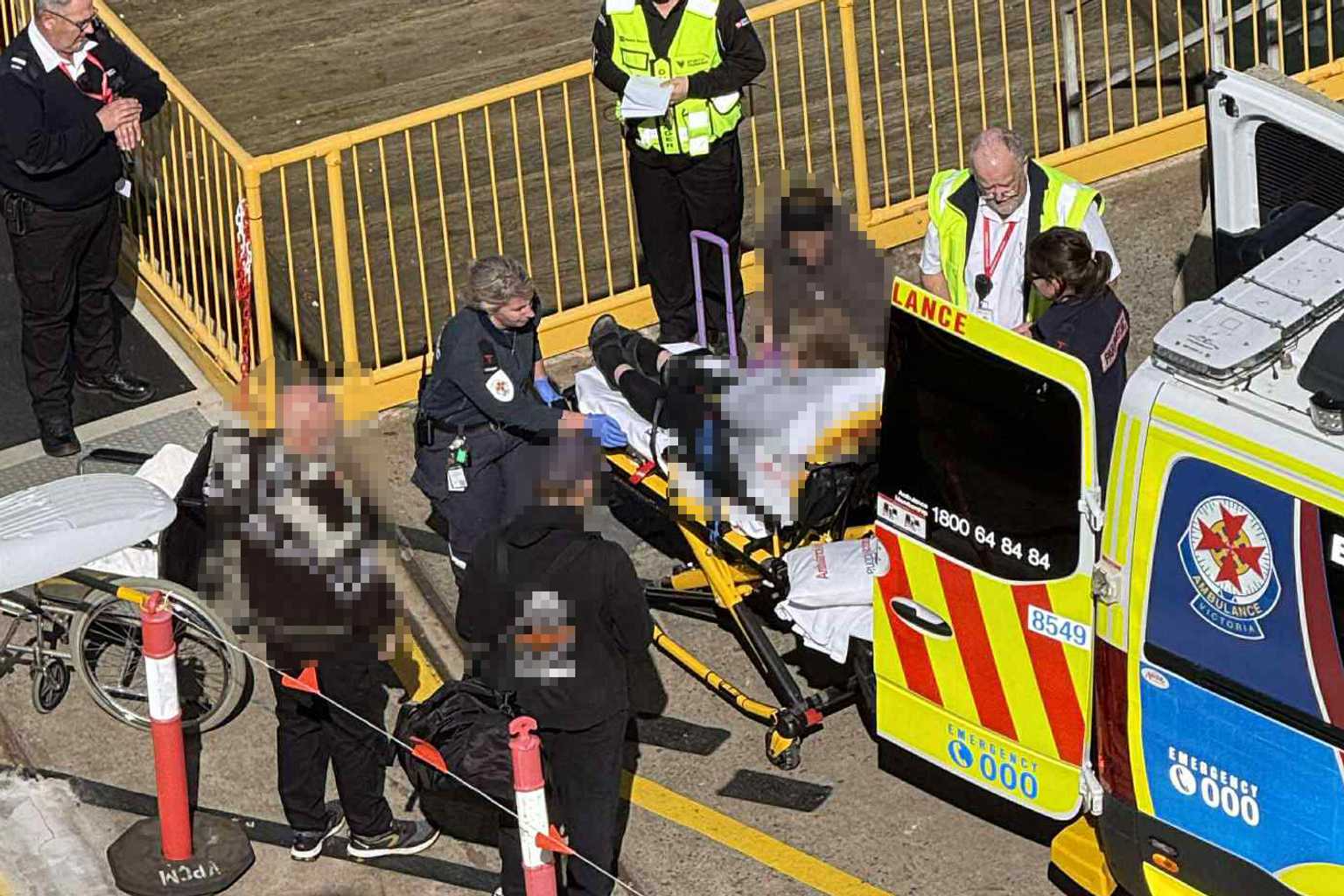Tasmania’s infrastructure boom has spurred local businesses to invest in new equipment, with road surfacing specialists RoadWays purchasing a state-of-the-art $650,000 asphalt paver.
The investment comes as the state’s infrastructure pipeline has more than doubled since 2018, now including over 440 projects statewide worth an estimated $30 billion over the next decade.
Minister for Infrastructure and Transport Kerry Vincent said the substantial pipeline was giving businesses the confidence they need to invest in new machinery.
“RoadWays’ new machine is safer, more efficient and has a roof, which is important here in Tassie,” Vincent said.
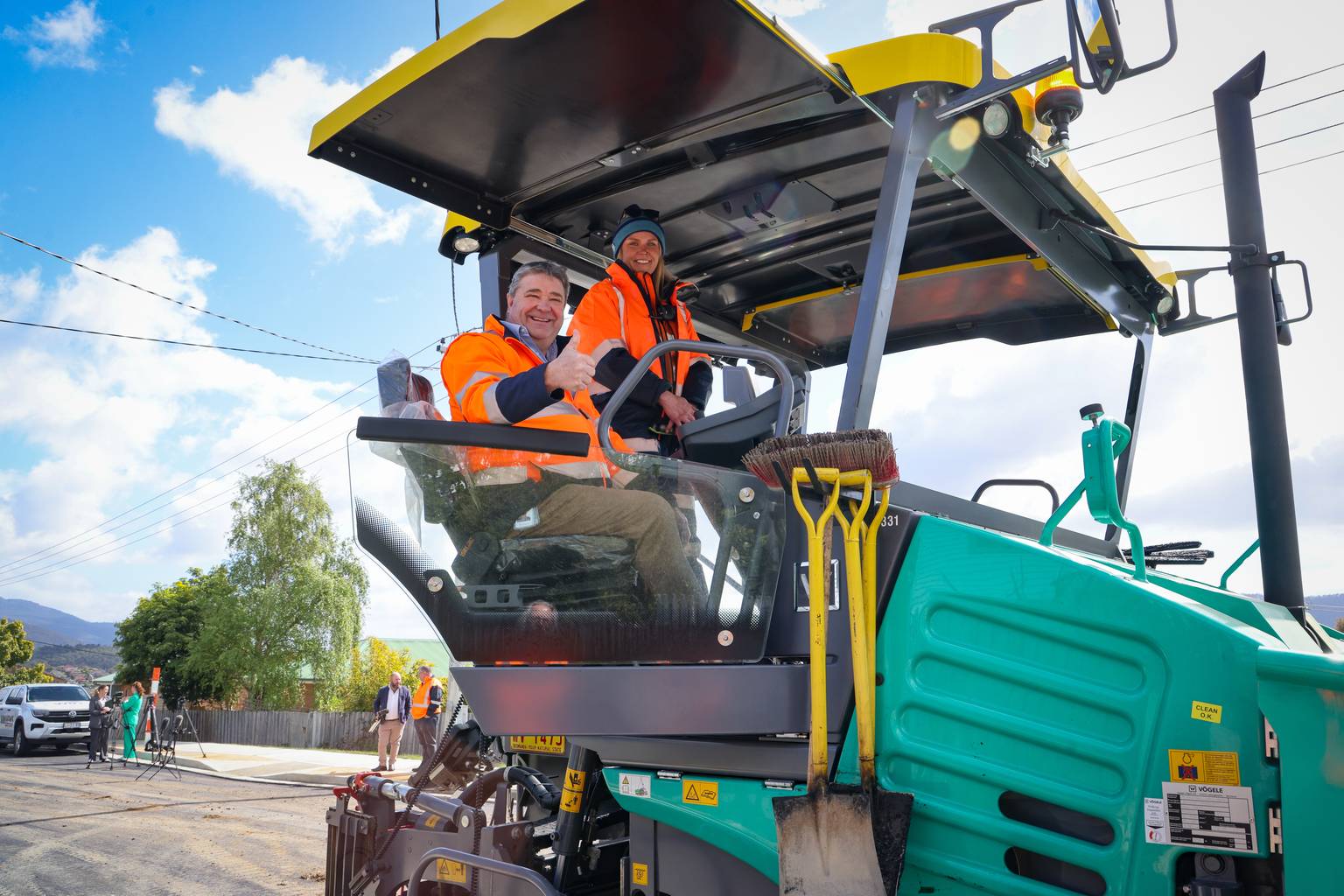
“The infrastructure pipeline provides industry with the certainty it needs to plan, prepare and deliver infrastructure projects efficiently over the next decade.”
The planned investment includes $7.8 billion in the state’s north, $9.5 billion in the northwest, and $9.6 billion in the south, with another $3 billion allocated to statewide projects.
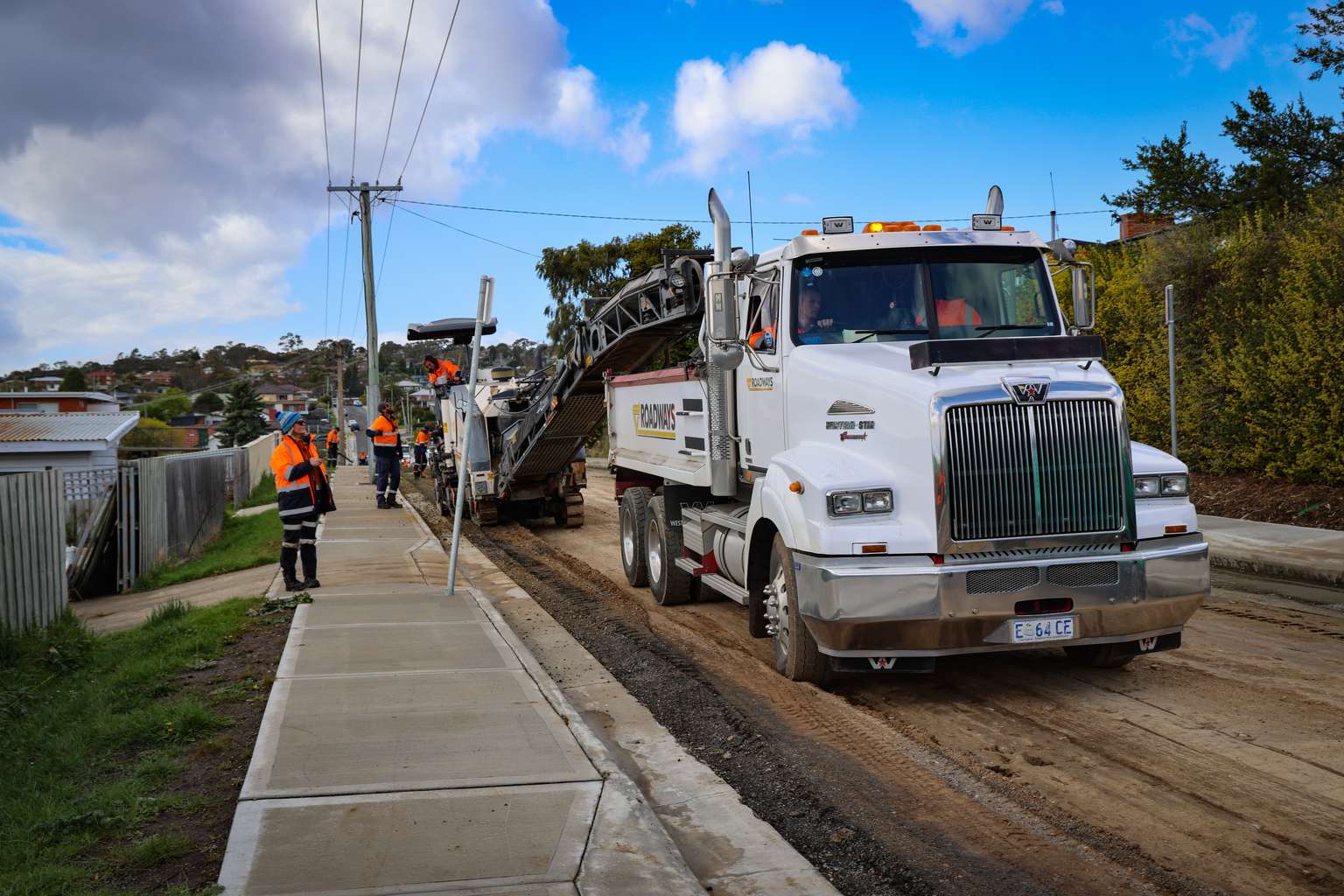
Vincent said the clean energy sector represents the most significant portion of the pipeline, with an estimated $11 billion in potential projects.
“That’s from wind farms to roadways, everything you imagine in the infrastructure world and the most significant thing is 20% government money but 80% private enterprise bringing those projects together,” Vincent said.
Bill Abbott, CEO of RoadWays, described their investment as a vote of confidence in Tasmania’s future.
“As Tasmania’s largest privately owned and operated specialist road surfacing company, the assurance we’ve gained from the government’s steady investment in infrastructure has enabled us to invest in state-of-the-art equipment like this,” Abbott said.
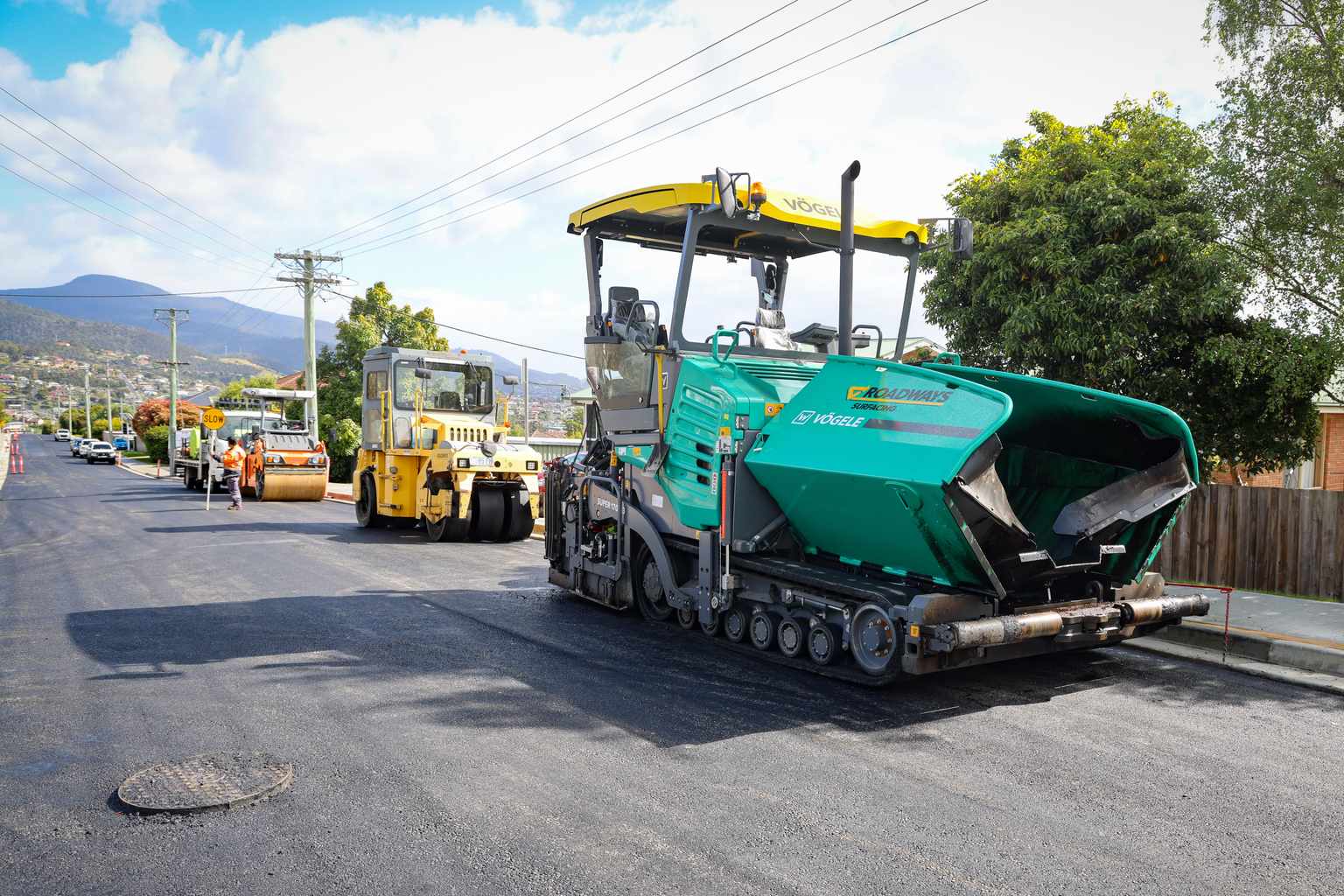
He pointed to ongoing work in both government and private sectors as justification for the investment.
“Both the state and also local government are investing heavily in their networks,” he said.
“There’s been a lot of subdivision work over the last few years. There’ll be more to come as there’s a need for more housing and subdivision. So a machine like that will get a lot of work over the years ahead.”

